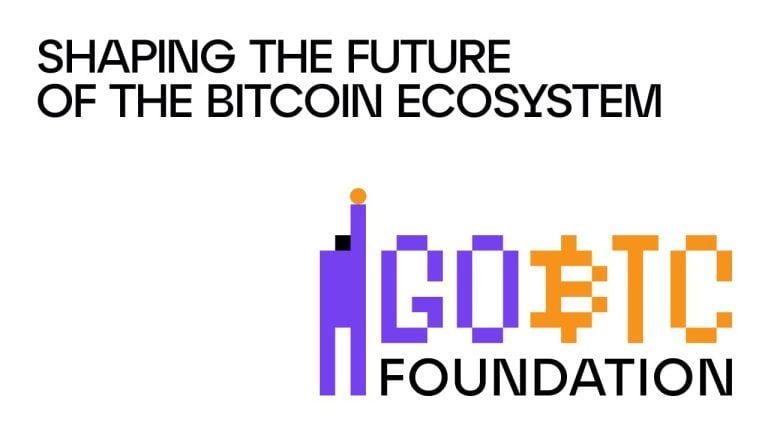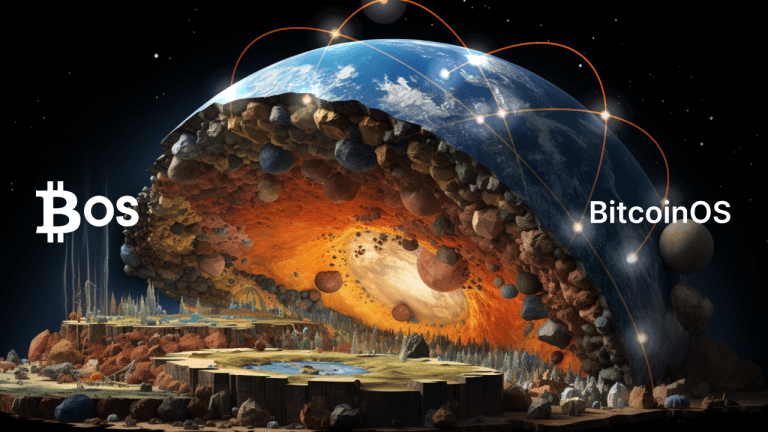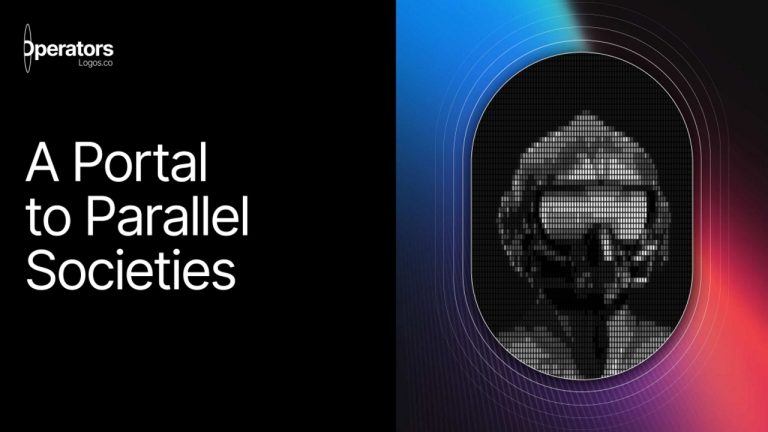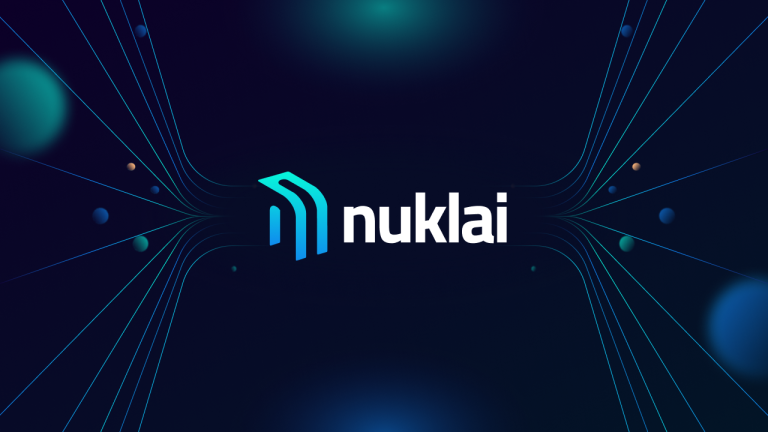 XYO is the world’s first and largest DePIN. Bridging the physical and digital worlds, XYO securely collects, validates, and connects real-world data with blockchain and Web2 platforms. Markus Levin, Co-Founder of XYO and Head of Operations for XY Labs, recently joined the Bitcoin.com News Podcast to share his extensive journey through the crypto landscape. From […]
XYO is the world’s first and largest DePIN. Bridging the physical and digital worlds, XYO securely collects, validates, and connects real-world data with blockchain and Web2 platforms. Markus Levin, Co-Founder of XYO and Head of Operations for XY Labs, recently joined the Bitcoin.com News Podcast to share his extensive journey through the crypto landscape. From […]

“I feel like this is turning into ‘Digital Currency for Dummies,‘” Jon Stewart said to the billionaire during an interview on his weekly podcast.
In one of his first interviews after supporting Vice President Kamala Harris in the 2024 United States presidential election, billionaire and Cost Plus Drugs co-founder Mark Cuban appeared on Daily Show part-time host Jon Stewart’s podcast to discuss digital assets.
In a Dec. 12 episode of The Weekly Show with Jon Stewart, Cuban said he strongly pushed for the Harris campaign to target young men in the 2024 election, in part based on their affinity for crypto and feeling “part of a community.”
The billionaire said he told Vice President Harris and Securities and Exchange Commission Chair Gary Gensler that the administration’s policies on crypto “could cost her the election.”

Trader and investor Michaël van de Poppe says many in the crypto community underappreciate the impact of America’s ballooning debt.
Bitcoin is officially back in a bull market and could potentially hit $1 million per coin in the next few years, according to trader and investor Michaël van de Poppe.
However, the founder of MN Consultancy, MN Capital and MN Academy warned that a $1 million Bitcoin (BTC) price might come alongside a much broader debt crisis that could wreck the price of all assets in the short term.
Van de Poppe sat down with Decentralize with Cointelegraph host Jonathan DeYoung at DKGcon 2024 in Amsterdam for an exclusive interview to discuss the state of the Bitcoin bull market, whether an altseason is on the horizon, the impact of a Donald Trump presidency, and more.
 GoBTC Foundation supports innovative Layer 1 and Layer 2 projects to grow the Bitcoin onchain ecosystem. By providing investment, strategic guidance, and a platform for launching new tokens, this new foundation helps onchain projects accelerate growth and contribute to Bitcoin’s future—one that may depend on onchain transactions more than we realize. Jeremy Dreier is Chief […]
GoBTC Foundation supports innovative Layer 1 and Layer 2 projects to grow the Bitcoin onchain ecosystem. By providing investment, strategic guidance, and a platform for launching new tokens, this new foundation helps onchain projects accelerate growth and contribute to Bitcoin’s future—one that may depend on onchain transactions more than we realize. Jeremy Dreier is Chief […] BitcoinOS addresses the limitations of Bitcoin’s original design, bringing it closer to fulfilling its broader potential in the crypto ecosystem. Ultimately, BitcoinOS allows for scalable, composable functionality while maintaining Bitcoin’s fundamental architecture, ensuring that the protocol remains true to its roots as a sovereign, peer-to-peer digital currency. Edan Yago is CEO and Co-founder of BitcoinOS, […]
BitcoinOS addresses the limitations of Bitcoin’s original design, bringing it closer to fulfilling its broader potential in the crypto ecosystem. Ultimately, BitcoinOS allows for scalable, composable functionality while maintaining Bitcoin’s fundamental architecture, ensuring that the protocol remains true to its roots as a sovereign, peer-to-peer digital currency. Edan Yago is CEO and Co-founder of BitcoinOS, […] Sanctor Capital is a sanctuary where bright minds can find the support they need to maximize their impact on the industry. They have a long successful track record of guiding early-stage projects to Web3 market success. Ilya Abugov is a Partner at Sanctor Capital, a blockchain investment firm. He recently joined the Bitcoin.com News Podcast […]
Sanctor Capital is a sanctuary where bright minds can find the support they need to maximize their impact on the industry. They have a long successful track record of guiding early-stage projects to Web3 market success. Ilya Abugov is a Partner at Sanctor Capital, a blockchain investment firm. He recently joined the Bitcoin.com News Podcast […] Logos is a fully decentralized, privacy-preserving, and politically neutral technology stack that provides the necessary support for self-sovereign virtual territories. The stack includes three modular, blockchain-based protocols: Nomos (consensus), Codex (storage), and Waku (messaging). Combined, they provide the technical foundation for cyber states, parallel societies, network states, or any borderless public institution based on voluntary […]
Logos is a fully decentralized, privacy-preserving, and politically neutral technology stack that provides the necessary support for self-sovereign virtual territories. The stack includes three modular, blockchain-based protocols: Nomos (consensus), Codex (storage), and Waku (messaging). Combined, they provide the technical foundation for cyber states, parallel societies, network states, or any borderless public institution based on voluntary […]

On the latest episode of Hashing It Out, Avail’s co-founder explains the need to unify multiple networks in the Web3 space, not just ideologically but through innovation.
In this week’s episode, Hashing It Out dives into the evolving landscape of Web3 and blockchain technology with Anurag Arjun, co-founder of Avail. The discussion covers the unification of the Web3 ecosystem, the rise of rollups, the challenges of fragmentation and the innovations paving the way for mass adoption.
Arjun discusses the fragmentation of the Web3 ecosystem and Avail’s role in unifying it. He explains that the increasing number of layer-1 and layer-2 blockchains offering innovation can be detrimental to the space due to fragmentation and user confusion. He emphasizes the importance of a modular architecture, where multiple blockchains can operate on top of a secure base layer, sharing the same economic security.
Avail aims to address this fragmentation by providing a scalable and reliable base layer for rollups, enabling the creation of numerous blockchains with different execution environments. Arjun also highlights the significance of data availability and zero-knowledge-proof technology in achieving scalability and solving fragmentation issues. He envisions a future where rollups become the dominant model for blockchains, offering flexibility and reducing the friction for developers to build decentralized applications.

Fans want to journey alongside their favorite musicians as they explore their creativity and expand their catalog. FanSociety hopes to be the Web3 platform that makes this possible.
Nonfungible tokens, or NFTs, took the world by storm in 2019 — and then eroded to near rubble as the entire crypto market contracted and the industry fell into a nearly two-year-long bear market. An objective assessment of the NFT phenomena might conclude that the technology did deliver on a good deal of its promises, and instead of writing off the failed projects as scams, it might be more insightful to take a closer look at what features were needed to make projects successful.
On Episode 35 of The Agenda podcast, hosts Ray Salmond and Jonathan DeYoung spoke with Miles, a Web3 developer who is the creative mind behind FanSociety — a funding mechanism for musicians that borrows and blends ideas from traditional fan clubs of the 1950s with modern crowdfunding ideas and immutable storage on blockchain networks.
Any aspiring musician knows that securing funding for an album is difficult, and of course, once the album is out, locking in fans for life becomes the next hurdle. Miles explained that he envisions FanSociety being used as a tool for creators to connect with their audience, reward loyalty and grow in a way that is more organic than the typical NFT collections that currently exist.
 Nuklai is a collaborative marketplace and infrastructure provider for data ecosystems. It is also a reservoir for community-driven data analysis. Nuklai brings data editors and the datasets of successful modern businesses into one ecosystem. Matthijs de Vries is the Founder and CEO of Nuklai. He recently joined the Bitcoin.com News Podcast to talk about the […]
Nuklai is a collaborative marketplace and infrastructure provider for data ecosystems. It is also a reservoir for community-driven data analysis. Nuklai brings data editors and the datasets of successful modern businesses into one ecosystem. Matthijs de Vries is the Founder and CEO of Nuklai. He recently joined the Bitcoin.com News Podcast to talk about the […]